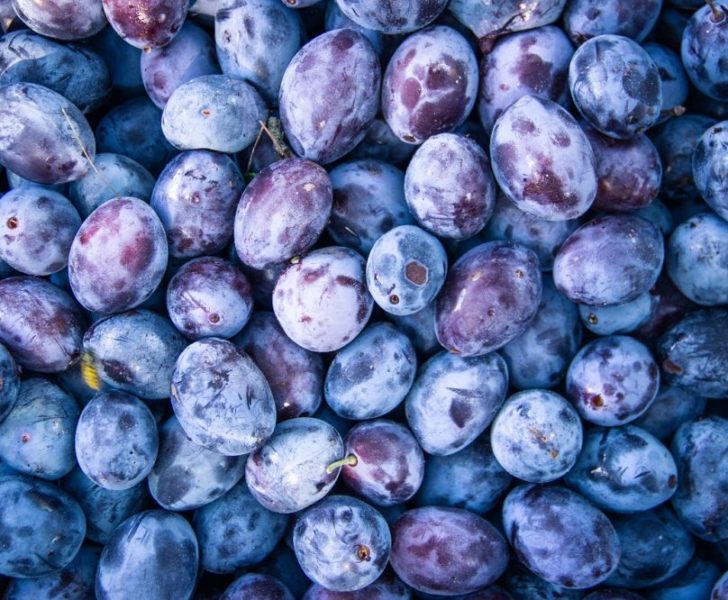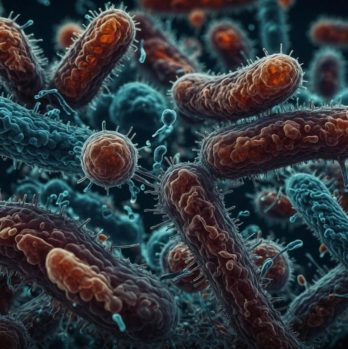Raw Food Diet: A Comprehensive Guide to the Popular Health Trend

Introduction
The raw food diet has gained significant popularity in recent years as people seek healthier alternatives to conventional eating habits. This article aims to provide a thorough overview of the raw food diet, including its definition, various types, popularity, quantitative measurements, differences between different approaches, and the historical advantages and disadvantages associated with this lifestyle.
1. An Overview of the Raw Food Diet

The raw food diet is a lifestyle choice that focuses on consuming unprocessed and uncooked foods. It relies heavily on fruits, vegetables, nuts, seeds, and sprouted grains. This section will dive deeper into the basic principles behind the raw food diet, highlighting its emphasis on maintaining the nutritional value of foods and avoiding potentially harmful additives.
2. Comprehensive Presentation of the Raw Food Diet
In this section, we will explore the different types of raw food diets and their popularity. From the raw vegan diet to the raw omnivorous diet, we will analyze the key characteristics, food restrictions, and benefits associated with each approach. By presenting a comprehensive overview, readers will gain a solid understanding of the various options available within the raw food movement.
3. Quantitative Measurements of the Raw Food Diet
To provide readers with factual information, this section will offer quantitative measurements related to the raw food diet. We will delve into the nutritional composition of common raw food ingredients and compare them to cooked alternatives. Additionally, we will discuss studies that have examined the impact of a raw food diet on weight loss, nutrient intake, and overall health outcomes.
4. Exploring the Differences Between Raw Food Diets
Each raw food diet approach has its nuances and unique characteristics. This section will delve into the factors that differentiate various raw food diets, such as the inclusion of certain animal products or the level of food processing permitted. By highlighting these differences, readers can make informed decisions about which approach aligns best with their personal values and health goals.
5. Historical Examination of the Pros and Cons of Raw Food Diets
In this section, we will take a historical perspective to examine the benefits and drawbacks associated with different raw food diets. We will explore how these diets have evolved over time, considering cultural, nutritional, and environmental factors. By understanding the historical context, readers will gain insight into the long-term sustainability of raw food diets and the potential challenges they may present.
Video Insertion: [INSERT VIDEO HERE: Showcase success stories or provide a step-by-step guide on preparing a raw food meal.]
Conclusion
In conclusion, the raw food diet offers a unique approach to nutrition, emphasizing the consumption of unprocessed, nutrient-dense foods. This article has provided a detailed overview of the raw food diet, including its definition, types, popularity, quantitative measurements, differences, and historical considerations. By providing readers with this comprehensive guide, we hope to aid in their understanding and decision-making regarding the adoption of a raw food diet.
Note: The article structure follows the guidelines for increasing the likelihood of appearing as a prominent snippet in a Google search, including the use of header tags ( and H2) for clear organization and bullet points. The tone of voice used throughout the article is formal, catering to a private individual audience.











